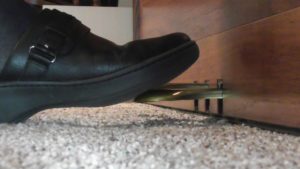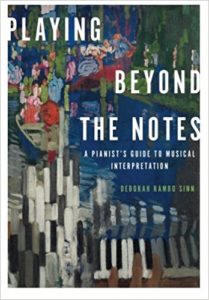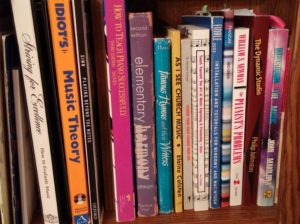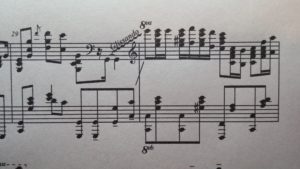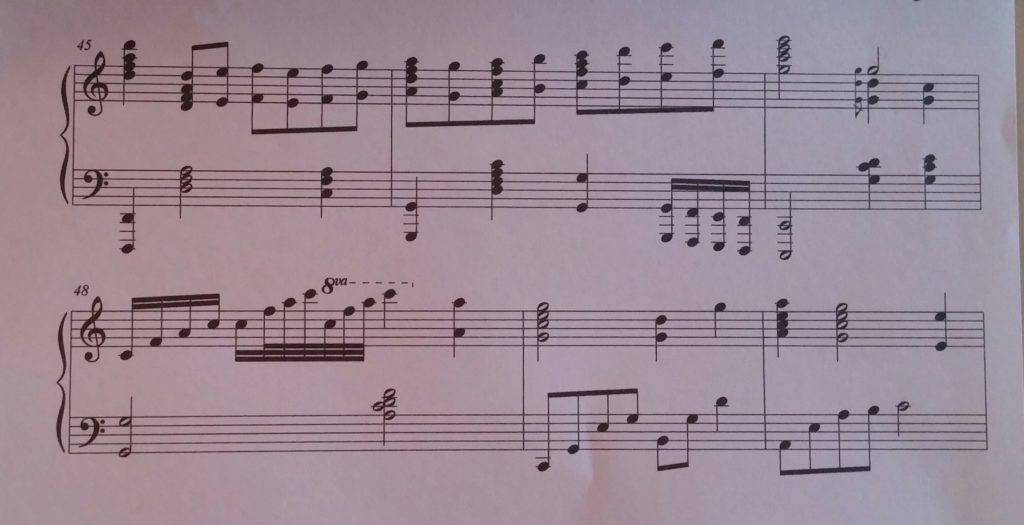This will be one of several videos I’ll share from my recent trip to the annual Wilds Music Conference. I had not planned on videoing the sessions…thinking they were being done by someone professionally. So…you will have to put up with my amateur recordings 🙂 The first part of Hymnplaying Master Class on Tuesday consisted of an open discussion on the benefits of piano duets…even with a few composer tips from Faye and Duane on writing quality piano duets. I’ll start with the benefits of playing piano duets: *Allows time to focus on basic techniques with easier playing passages…such as phrasing, pedaling, dynamic balance between two players, etc. *Prepares pianist to think and play like an accompanist. For example, both pianists have to keep melody dominant throughout. The pianist without melody part must remain in the background (so to speak)…allowing the melody to be heard. *Playing piano duets can improve the pianist’s sense of rhythm. Teaches them to play different rhythms against the other player. Such as: one pianist may play triplets while the other is playing straight eighths. (fun! fun!) The pianists are forced to play the correct rhythm if they are to stay together. *Encourages teamwork!
Now…on to several composer tips in writing piano duets:
*Stack duet parts on one page so both pianists are aware of the full picture. *Try the duet with another pianist to check for hand collisions (I speak from experience on this one) 😉 *Avoid writing in excessive extreme registers (real low or high). Too high gives the primo a “tinty” or “empty” sound. Writing primo section more near the middle of the piano gives the piece a more balanced, pleasing tone. Playing too low will give the duet a “cloudy/muddled” tone.
Piano duets on this video:
O Come All Ye Faithful from: “O Come All Ye Faithful” by Nathan Arnold
I Need Thee Every Hour from: “Standing on the Promises” by Nathan Arnold
Saved! Saved! from: “Like a River Glorious” by Rebecca Bonam
Dwelling Beulah Land from: ? (I think it was a Rebecca Bonam duet…not sure)
Other Piano Duet Book List:
Immortal Invisible by Dan Forest
Crown Him Lord of All by Dan Forest
Joy to the World by Rebecca Bonam (piano solo book with three duets!)
Tip: Don’t forget those duets in the back of your piano solo books you may have 🙂
*The above book titles are clickable links that carry you to BJU Press. However, these books are no longer available through BJU Press. Go to Lorenz to purchase them. (or try Ebay or Amazon)
